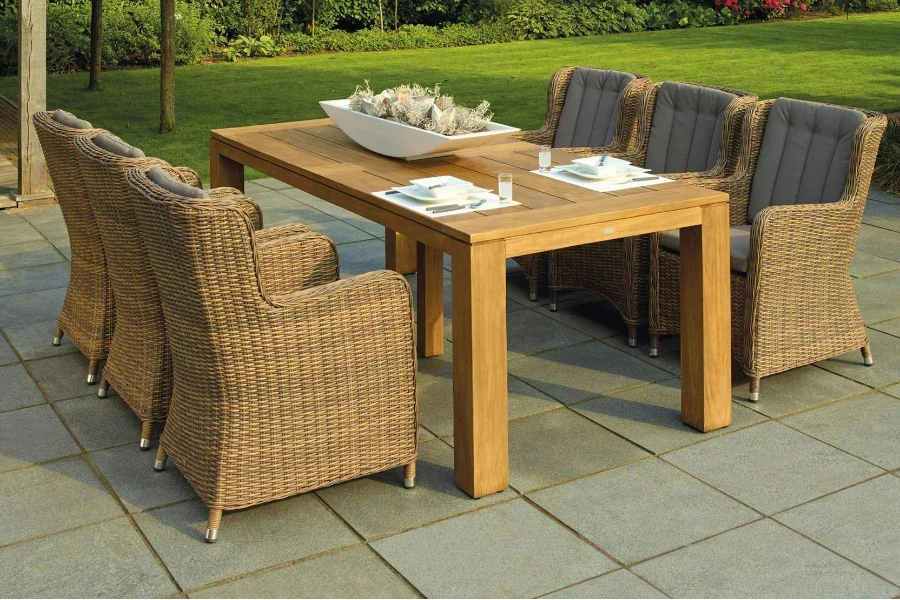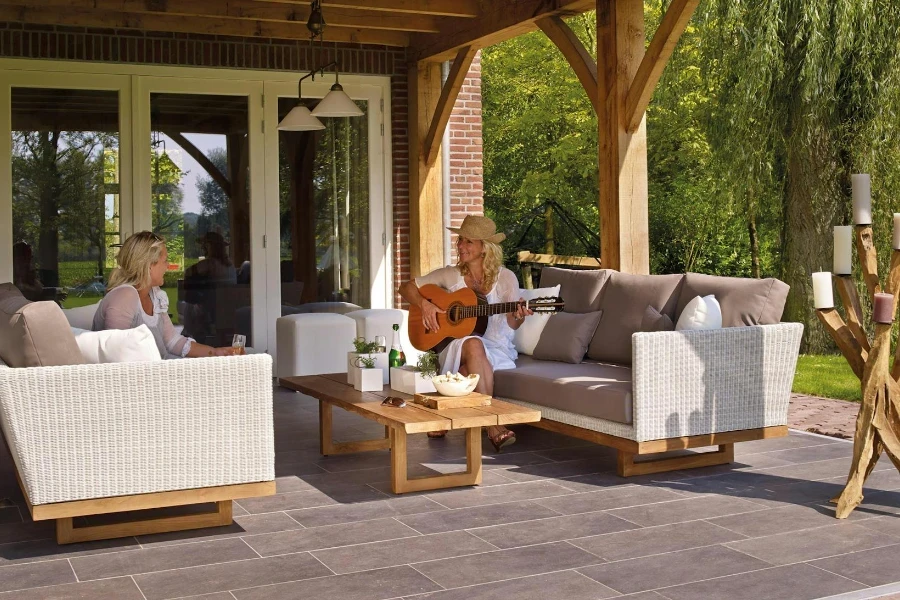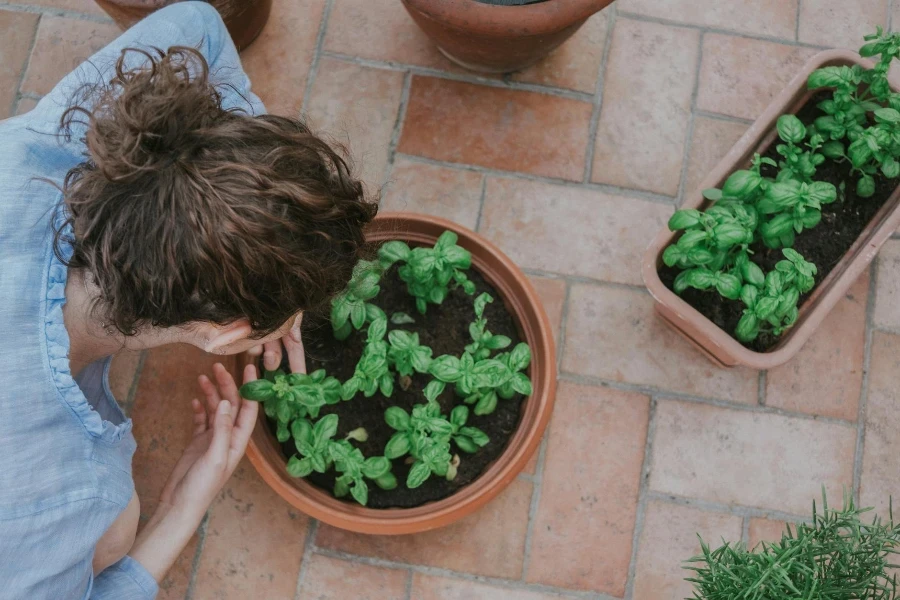Patio pavers are the unsung heroes of beautiful outdoor spaces, offering both aesthetic appeal and durability. Whether you’re aiming to create a serene garden pathway or a robust patio for entertaining, understanding the intricacies of patio pavers is key. This article will guide you through what patio pavers are, how they work, their usage, cost, and the top options available.
Table of Contents:
– What are patio pavers?
– How do patio pavers work?
– How to use patio pavers
– How much do patio pavers cost?
– Top patio pavers
What are patio pavers?

Patio pavers are a versatile and durable option for creating outdoor flooring, be it for patios, walkways, or driveways. Made from various materials, including concrete, brick, stone, and rubber, they come in a myriad of shapes, sizes, and colors. This variety allows homeowners and landscapers to craft unique outdoor spaces tailored to personal aesthetics and functional needs. Unlike poured concrete or asphalt, pavers are individual pieces that interlock or sit side by side, providing flexibility and ease of repair that other materials can’t match.
The manufacturing process of patio pavers involves mixing the raw material (like concrete) with coloring agents and pouring it into molds. This process ensures uniformity in size and shape, making installation easier and the final appearance cohesive. High-end stone pavers, on the other hand, are often cut from natural stone, offering a unique, albeit more expensive, look. The choice of material affects not just the cost but also the longevity, maintenance, and suitability for different climates and uses.
How do patio pavers work?

Patio pavers work by being laid over a prepared base that typically includes layers of gravel and sand. This base provides a stable foundation that prevents the pavers from shifting while allowing for drainage to prevent water accumulation and damage. The process of laying pavers requires careful planning and preparation, starting with excavation, then moving on to base preparation, laying the pavers, and finally, filling the joints with sand. This method ensures that the patio or walkway remains stable and durable over time, even in areas with freeze-thaw cycles.
Interlocking pavers, a popular choice for many projects, are designed with edges that fit together snugly, making them particularly resistant to movement and spreading. This interlocking system, combined with the weight of the pavers themselves, creates a solid surface that can handle heavy foot traffic and even vehicle loads, making them an ideal choice for driveways as well as patios and pathways.
How to use patio pavers

Using patio pavers begins with designing the space. Consider the area’s intended use, the overall landscape design, and how the paver’s color, shape, and texture will complement your outdoor space. After designing, the area needs to be excavated to the recommended depth, usually around 7-9 inches, to accommodate the base material and the pavers themselves.
After excavation, a layer of gravel is compacted and leveled, followed by a layer of sand. The pavers are then laid according to the chosen pattern, cut as necessary to fit the edges or around obstacles. Once all the pavers are in place, additional sand is swept into the joints to lock the pavers together and prevent weed growth. It’s a process that can be undertaken by DIY enthusiasts with the right tools and patience, but professional installation is often recommended for large or complex projects.
How much do patio pavers cost?

The cost of patio pavers varies widely based on the material, size, and complexity of the design. Concrete pavers are generally the most economical option, with prices starting as low as $1 per square foot, while high-end stone pavers can cost upwards of $30 per square foot. The average homeowner can expect to spend between $8 and $20 per square foot for professionally installed patio pavers, including materials and labor.
The overall cost will also depend on the project’s scale, with larger areas naturally costing more, and the need for significant excavation or base preparation work adding to the expense. Choosing a complex pattern or mixing different colors and shapes of pavers can also increase the cost due to the additional labor involved.
Top patio pavers

When it comes to selecting the top patio pavers for your project, consider both aesthetics and functionality. Concrete pavers offer a balance of durability and cost-effectiveness, with a wide range of colors and textures available. Brick pavers provide a classic look that ages beautifully, while natural stone pavers, such as granite, slate, or limestone, offer unmatched elegance and strength.
For eco-conscious homeowners, permeable pavers are a top choice, designed to allow water to pass through the surface and reduce runoff. Rubber pavers, made from recycled tires, are another sustainable option, ideal for creating safe, cushioned play areas. Ultimately, the best patio paver is one that fits your budget, suits your style, and meets the demands of your outdoor space.
Conclusion: Patio pavers are a versatile, durable choice for enhancing any outdoor space. From the planning and preparation to the laying and maintenance, understanding the process can help ensure a successful project. With a range of materials, costs, and designs to choose from, there’s a patio paver solution for every style and budget. Whether you opt for the affordability of concrete, the classic beauty of brick, or the natural elegance of stone, patio pavers can transform your outdoor area into a functional, beautiful extension of your home.




